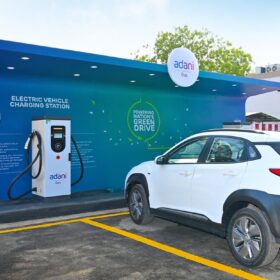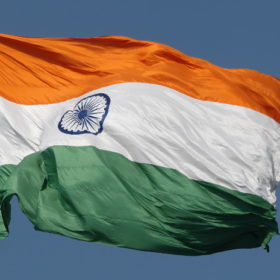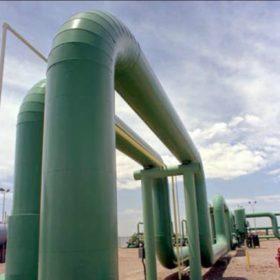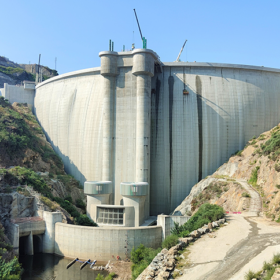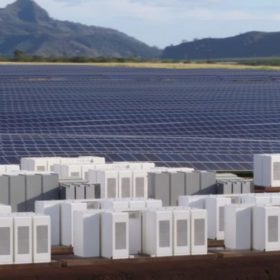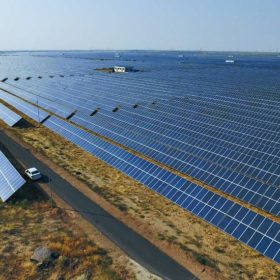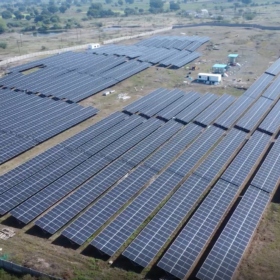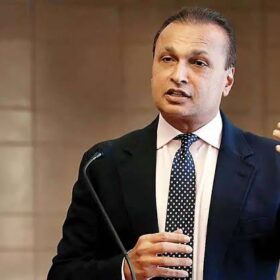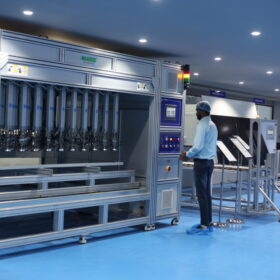Adani TotalEnergies E-Mobility, Evera Cabs partner to develop charging hubs
The two partners will initially set up a large-sized super hub in Samalkha, New Delhi, with 200 EV charging points. It will have a combination of AC and DC chargers and will support Evera consumers as well as other cab aggregators and individual EV owners.
Exide seeks land for additional 6 GWh lithium battery cell capacity
Exide Energy Solutions, which is building a 6 GWh lithium-ion cell manufacturing facility in Karnataka, has sought additional 40 acres of land for expansion to 12 GWh in the state.
“Pumped hydro storage is the most emerging opportunity in power sector”: NHPC chairman
RK Vishnoi, chairman and managing director of NHPC, said pumped storage will be the mainstay for NHPC in the near future. The state-owned power producer has already signed MoUs to develop multiple gigawatts of pumped storage projects in Andhra Pradesh, Gujarat, Maharashtra, and Odisha.
Driving renewable energy adoption: Challenges and opportunities
India’s robust economic growth translates to rising demand for energy. This demand provides a substantial market for renewable energy investments, encouraging firms to venture into this sector. However, as the nation marches ahead in RE adoption, it needs to overcome challenges like high capital costs and inadequate grid infrastructure.
The Hydrogen Stream: US awards $34 million to 19 hydrogen projects
As the US and British government press ahead with their hydrogen support projects, a team from Korea and the US has developed an iridium nanostructure catalyst, which decreased the amount of the chemical element. Meanwhile, hydrogen projects are proceeding in West Virginia, Denmark, Finland, and Japan.
NTPC starts trial run of hydrogen bus in Leh
The first-of-its-kind green hydrogen mobility project at 11,562 feet will harness green hydrogen using renewable power from a co-located, dedicated solar plant of 1.7 MW.
Iberdrola starts filling Portugal’s largest pumping station
Iberdrola has started filling the reservoir for the Alto Tâmega reservoir, which is part of the largest pumped hydroelectric storage project in Portugal.
Solar-powered islands? The story of Diu and T’au
The solar-powered islands of Diu and T’au have set an example for other such land masses to meet their power requirements through green energy.
SECI tenders 800 MW of renewables storage
Solar Energy Corp. of India (SECI) has launched a tender to select developers for 800 MW of firm and dispatchable power from renewable power projects with energy storage systems. Bidding closes on Sept. 29.
Combining PV with pumped hydro storage in open-cast coal mines
Indian scientists have suggested building pumped-hydro storage systems connected to solar plants using mines as the lower reservoir and nearby rivers as the upper reservoir. They claim that the proposed combination may reach a levelized cost of energy of $0.2693/kWh.
